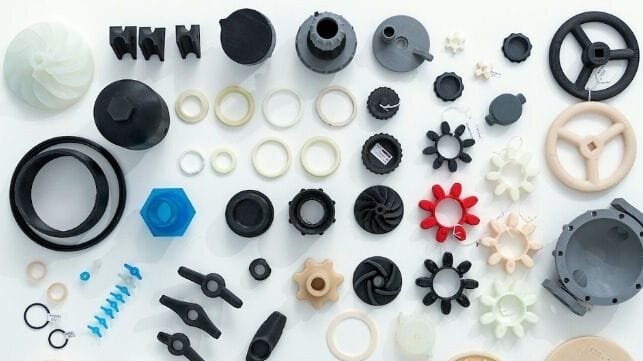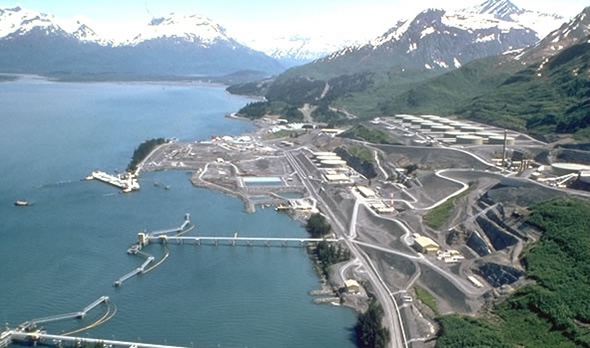Ivaldi Group has entered into an agreement with the Alaska Ocean Cluster to explore how digitized supply chains and on-demand manufacturing could contribute to the revitalization of Alaska’s coastal ocean economy. Alaska Ocean Cluster is a startup accelerator that was founded in 2020, dedicated to promoting innovation in Alaska’s maritime and other ocean-related industries.

As the organization puts it on its website, “With over 33,000 miles of shoreline, 158 coastal communities, and one of the largest, most sustainable wild-catch fisheries in the world, Alaska is an ideal location to develop, test, and commercialize new ocean technologies.” As such, Ivaldi, which specializes in additive manufacturing (AM) based logistical solutions for the maritime industry, is a perfect recipient of Alaska Ocean Cluster’s funding.

Ivaldi’s principal investor is the Norwegian company Wilhelmsen, which operates the largest maritime network in the world. Thus far, outside of Singapore, one of the main hubs of global maritime traffic, and one of Wilhelmsen’s primary operating locales, maritime 3D printing has lagged behind other comparable sectors, like aerospace and automotive. However, increasing interest and investment in the technology from the U.S. Navy indicates that maritime could soon enough be an area of significant growth for the 3D printing sector.

Alaska has the third-highest number of maritime workers per capital of any U.S. state, and includes the city of Valdez, which is the southern terminus of the Trans-Alaska Pipeline System (TAPS), one of the world’s largest crude oil pipelines. Considering that SmarTech Analysis projects 3D printing for oil and gas to generate over $1 billion in revenues by 2029 (see “The Market for Additive Manufacturing in the Oil and Gas Sector 2018-2029“), the combination could lead to Alaska becoming a surprising region of growth for AM. This is the case especially given Alaska’s being the U.S.’s most sparsely-populated state, yielding the need to maximize labor out per person, which is an objective AM can certainly make a significant contribution towards.
Moreover, increased incorporation of AM in the maritime industry would inevitably have consequences for AM reverberating far outside this sub-sector. Ivaldi’s business model, for instance, relies on a network of 3D printing service bureaus being in place in the areas where its customers operate. The more the maritime industry adopts AM, the more incentive and momentum there is in the direction hubs of maritime traffic also becoming hubs for AM. The most exciting angle to this is the fact that maritime traffic hubs are of course also the key geographical links in global supply chains, further multiplying the potential for streamlining global commercial traffic, the more that the maritime industry adopts AM.
Subscribe to Our Email Newsletter
Stay up-to-date on all the latest news from the 3D printing industry and receive information and offers from third party vendors.
You May Also Like
3D Printing News Briefs, November 9, 2024: Concept Car, Afloat 3D Printing, & More
In today’s 3D Printing News Briefs, we’ll start with business, as Anisoprint appointed AM industry veteran Tuan TranPham as President of the Americas and APAC. Then we’ll move onto automotive...
UpNano Lands €7M to Advance 2PP 3D Printing
Known for its hardware that can 3D print microscopic structures, UpNano has become an ally for industries like biomedicine and electronics. Now, the Austrian startup has landed a capital boost...
Zero Gravity, Big Impact: Ken Savin Talks Redwire’s Space Bioprinting Breakthroughs
In space, microgravity isn’t just a challenge—it’s an advantage. Redwire, known for pioneering space-based biomanufacturing, made history by sending the first bioprinter to the International Space Station (ISS) in 2019....
Boston’s Additive Edge: Engineering Heartbeats at Boston University’s Cutting-Edge Labs
At the crossroads of engineering and biology, Boston University (BU) is forging a new frontier in medical innovation. Within its state-of-the-art Chen and White Labs, researchers are pioneering breakthroughs in...



































